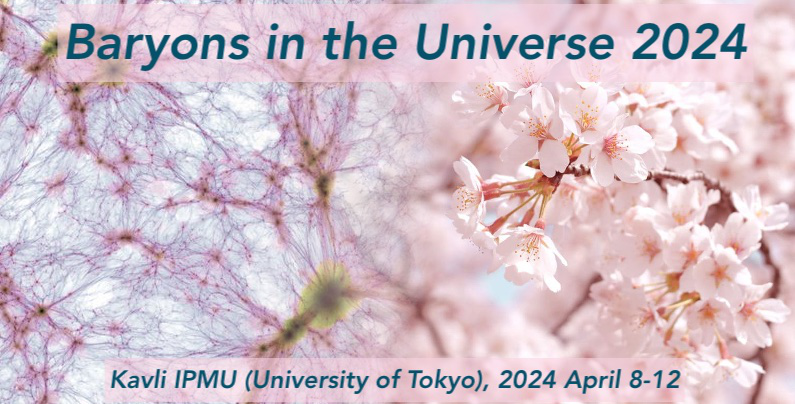Speaker
Description
We use FLAMINGO, the biggest full hydro cosmological simulation ever, to study the most massive objects in the universe and do a direct comparison with observations. FLAMINGO hosts many tens of thousands of galaxy groups and clusters, in their full cosmological environment, making it an ideal testing ground to do a statistically relevant comparison with observations. Using a new forward modelling pipeline for X-rays, including photo-ionization models from CLOUDY, we can accurately model the emission from clusters and their surroundings in a wide mass-range. We construct X-ray scaling relations and study how they are impacted by halo- and stellar mass, cool-core fractions, relaxed-ness, projection effects, and redshift. Furthermore, because FLAMINGO has 9 observationally motivated feedback variations, we show the impact of AGN and stellar feedback on group and cluster radial thermodynamic profiles. The feedback variations allow us to understand the distribution of baryons. For all FLAMINGO haloes, we also compute their density, entropy, temperature and pressure profiles. We compare those with observations, and fit them to estimate the hydrostatic bias, which we can now do for tens of thousands of galaxy groups and thousands of massive clusters, and as a function of cluster properties. With the unprecedented size of the FLAMINGO simulations, we can do all these things for statistically relevant sample sizes, enabling a real comparison with observations at all masses, and even on a lightcone.

